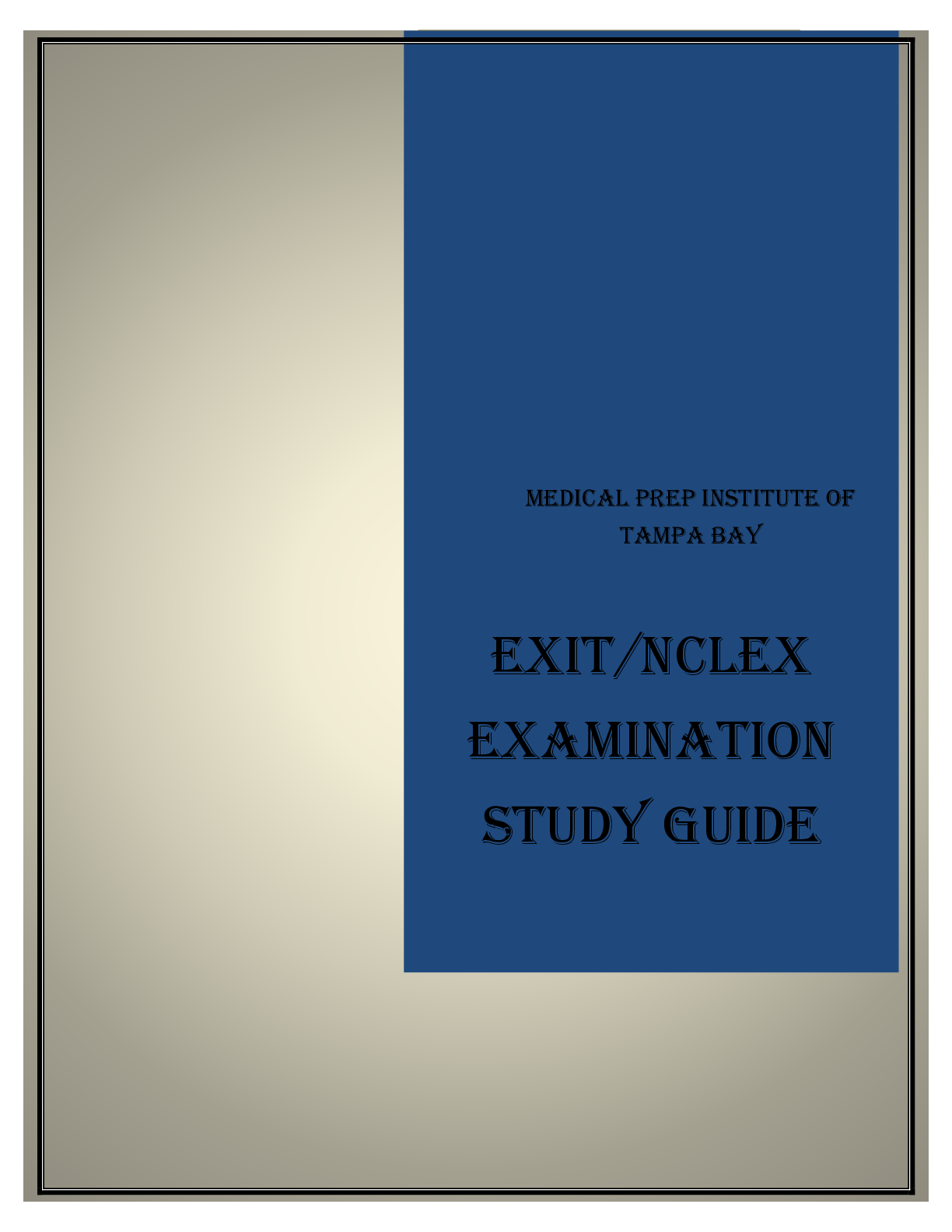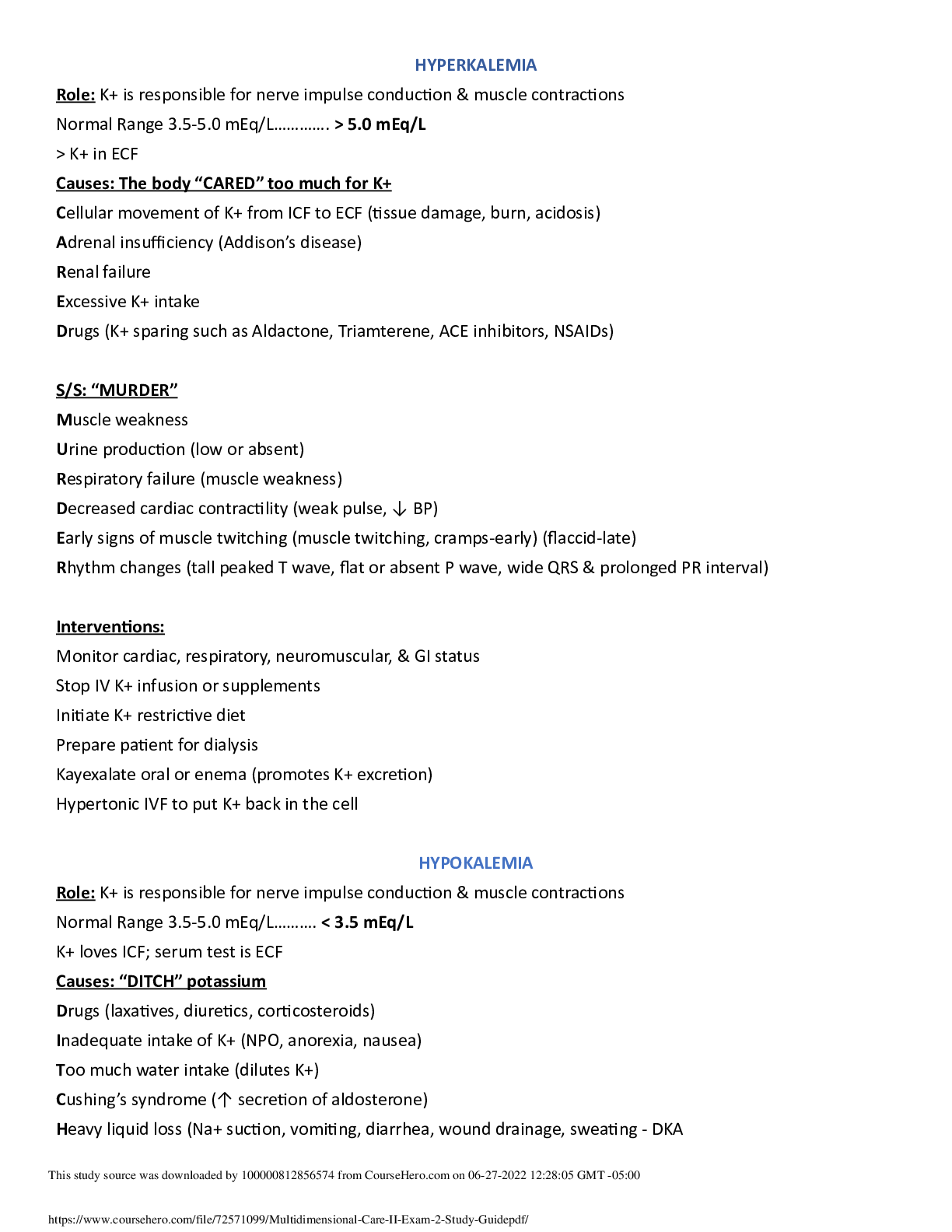Biology > STUDY GUIDE > Northwestern UniversityBIO 100Got Lactose lab (All)
Northwestern UniversityBIO 100Got Lactose lab
Document Content and Description Below
Daijha Wilkes Part 1 1. Why would a mutation leading to lactase persistence become common in a population? a. Lactase persistence would be part of their DNA sequence. It would also be introduced i... nto their diet when they are younger. 2. Use the map in Figure 1 to predict where you might find early evidence of dairying (i.e., using animal milk). a. West side of Africa and Northwestern part of Europe. 3. Provide a scenario to explain how different global hot spots of lactase persistence could be caused by the same mutation. a. When people started to branch out and discover different parts of the world, they took their traditions with them and introduced them to their offspring. 4. Create a scenario to explain how different global hot spots of lactase persistence could be caused by different mutations. a. People from Mauritania migrated towards the Sahara Desert and brought their cattle. They continued to nurture the cattle in the same ways they did in Mauritania. 5. Design an experiment to determine whether lactase persistence in the different global hot spots was caused by one or several mutations. a. Take a sample of 15 from Arizona and another sample of 15 from Iceland and look at any mutations. Part 2 1. In column 1, the red band represents the lactase-persistence mutation. Why is it more prevalent in column 2, which shows the same DNA region in the same population after many generations? a. The gene is dominant and appears more as generations arise as a way of adapting. b. Mutation increases the fitness and it increases the frequency. 2. In column 2, why do the orange and yellow bands always border the red band? What do the orange and yellow bands represent? a. The are neutral markers that are swept along with the beneficial allele which happens to be the red allele. 3. How many individuals in column 2 are homozygous for the lactase-persistence allele? How many are homozygous for the surrounding region (i.e., the white rectangle)? a. 3 b. 2 4. Why would scientists want to identify regions in the genome that are homozygous in many individuals in a population (i.e., regions of homozygosity, or reduced diversity)? a. In order to obtain information about how said genome affects people and the This study source was downloaded by 100000793680026 from CourseHero.com on 04-29-2021 02:51:19 GMT -05:00 [Show More]
Last updated: 2 years ago
Preview 1 out of 2 pages

Buy this document to get the full access instantly
Instant Download Access after purchase
Buy NowInstant download
We Accept:

Reviews( 0 )
$7.00
Can't find what you want? Try our AI powered Search
Document information
Connected school, study & course
About the document
Uploaded On
Apr 29, 2021
Number of pages
2
Written in
Additional information
This document has been written for:
Uploaded
Apr 29, 2021
Downloads
0
Views
85













